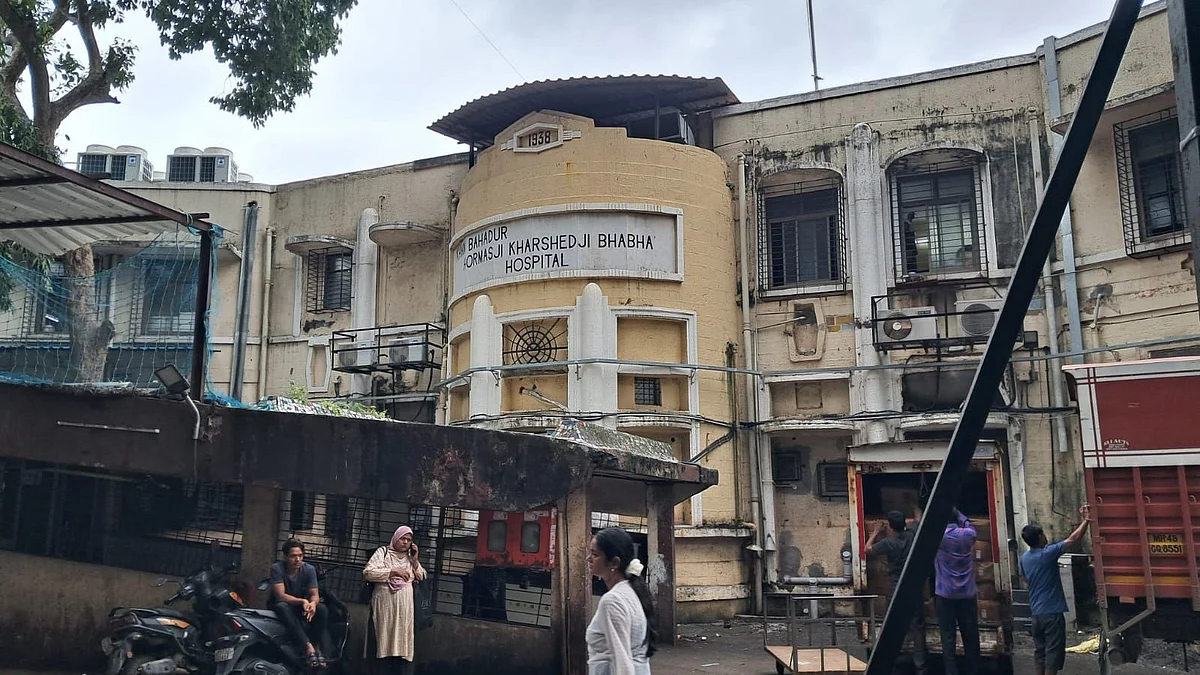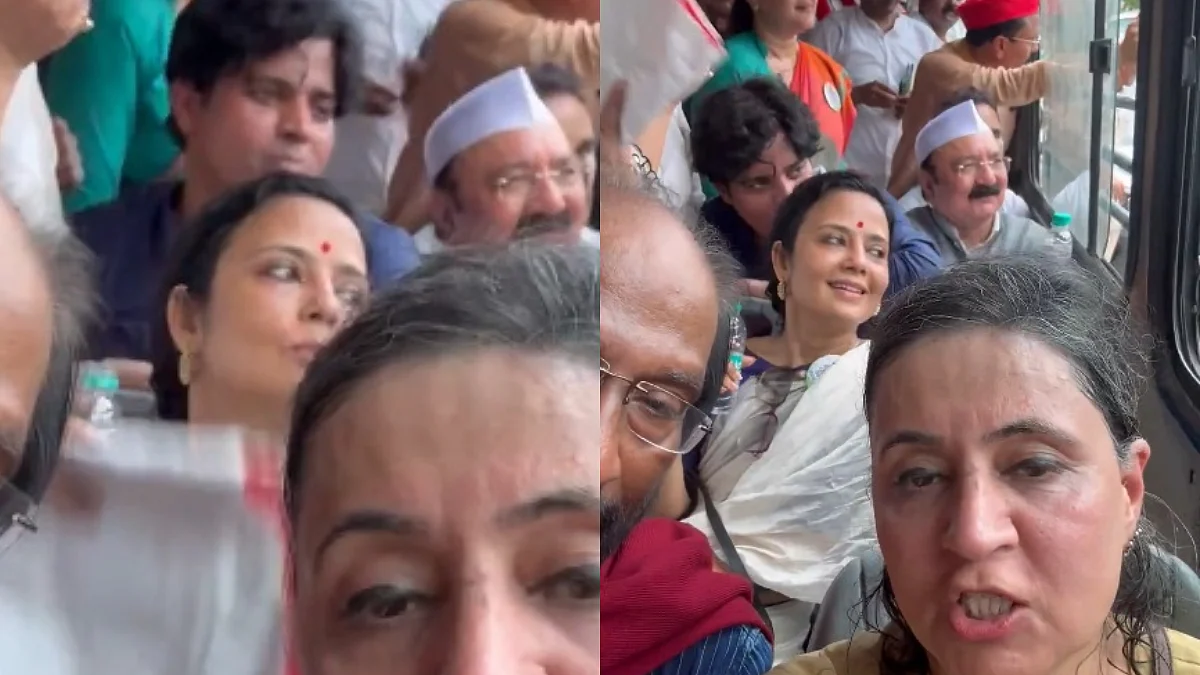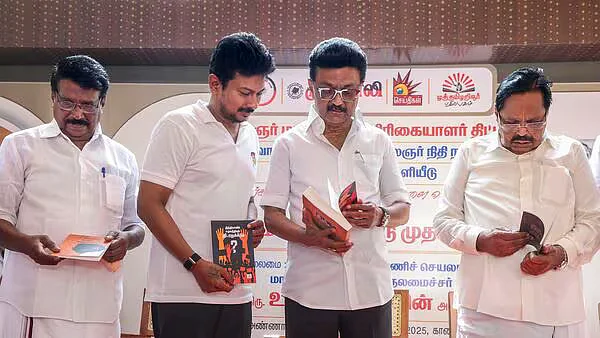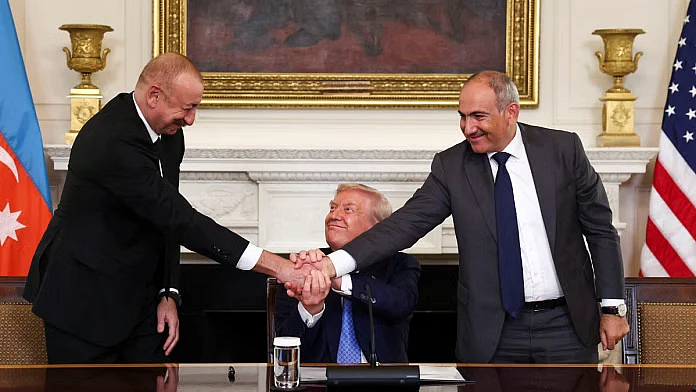When the Maharashtra Housing and Area Development Authority (MHADA) announced this week that it was opening a lottery for flats in Mumbai ranging from Rs2.39 crore to Rs7.58 crore in prime locations, eyebrows went up in housing circles. Why was the state agency, mandated to provide affordable housing, behaving like a broker for apartments whose prices are more in the domain of private real estate developers in the city? How many millions in Mumbai, living in slums or tagged as low-income and economically-weaker sections, who wait for a MHADA auction to fulfil their dream of a decent roof over their heads, can afford these?

The plausible explanation came from MHADA: These flats in high-end locations such as Tardeo, Juhu and Dadar had come into its inventory as part of the old law that required builders to hand over a proportion of their constructed properties to the state agency and it was only selling them now. In all, in this round, MHADA opened 4,083 flats for bidding. Even these astronomical prices, it transpired, were 25 per cent to 30 per cent below the prevailing market rates in these areas. For those who can afford them, these flats at the prices offered might be a steal but it is time to show MHADA the mirror on how housing, under its statutory and careful watch, has become unaffordable for a large number of people in Mumbai.
When the agency was constituted in the mid-1970s, its brief was to ensure that the city, which boasted even then of high land and property prices, would have homes for its middle- and low-income groups, as well as slum dwellers. Times have dramatically changed since. The socialist ideals of the era have been replaced by a ruthless neo-liberal thinking in which profit-making trumps the reality that housing continues to be a social good, housing turned from a necessity to speculative business and investment channel for a select section of people, the number and spread of slums in the city — clear evidence of failed housing policies — increased over these decades, and the modest and affordable homes of Mumbai began to be located farther and farther away from the downtown and its business districts.
Through it all, MHADA built or acquired a few thousand homes and auctioned them every year but the number was so tiny compared to the hundreds of thousands of homes built by private developers that it did not even create a ripple in the housing sector. It certainly did not cool down prices in the overheated market and make homes affordable to large sections of Mumbaikars. The truth, even if it sounds harsh, is that the agency with the specific mandate did not greatly influence Mumbai’s housing.
In fact, social housing or affordable housing was never really a thing in Mumbai, I submit. The housing for the city’s earliest industries — textile mills, manufacturing — during the colonial era was a function of what the British administration could get industry owners to provide. The chawl system, romanticised in various ways now, was an outcome of this. Only after the plague epidemic in 1896-97 did the administration wake up to the issues of sanitation and decent housing and set up the Bombay Improvement Trust, which could be seen as the government’s foray into affordable or social housing. But it was a limited effort.
In the post-Independence years till the liberalisation in 1991, concerted efforts were hardly made to ensure that housing was affordable for the working classes despite the investments in the city. Would people not come to the city for jobs, would they not need houses? Economic and land policies that pumped Bombay as the country’s commercial capital were blind to its housing requirements. The post-liberalisation years have been the most brutal of all. The government has all but withdrawn from the housing market, except for MHADA, even as the influence of the private sector increased, was allowed to increase, given its presence in Mumbai’s political economy. Why would private developers offer affordable housing or commit to social housing? The buck stops at the government’s desk, specifically at that of successive chief ministers of Maharashtra who almost always held the urban development portfolio.
MHADA, by its own admission, has been able to provide only about two lakh homes in Mumbai over the last five decades, during which tens of lakhs of units were constructed and sold by the private sector, but insists that it is “committed to provide a solution to critical affordable housing scenario in the state” belying our lived experience. Those who have tracked Mumbai’s housing sector from close quarters for decades say that MHADA’s capacity to offer affordable housing, such as it was, considerably declined after the repeal of the Urban Land Ceiling Act and other laws subsequently which reduced its claim over government land.
As MHADA’s footprint becomes smaller in the city, and in the Mumbai Metropolitan Region (MMR) which is now in the boom phase, it is worth reflecting if the state agency has outlived its purpose and turned into a white elephant itself. Or does it still offer hope to the millions of aspirational home-owners in Mumbai whose incomes are barely at the median mark or lower? The easy answer, going by its track record, would be to suggest that it would not matter to Mumbai even if MHADA withdrew completely. Yet, it would be dangerous to suggest so.

Mumbai’s housing market is skewed in favour of high-income earners and speculators who in turn enrich the builders whose pipeline underwrites the political economy of the city. It is futile to expect or legally coerce them to make affordable homes. In fact, under the pretext of providing affordable houses, the private sector has consistently argued for, and often won, the de-reservation of the city’s natural areas such as the Powai-Ghatkopar hills and tracts of the Aarey forest, and are now eyeing the salt pan lands, and turned public land private with hardly any contribution to affordable home stock.
However, if nearly half of the city’s population that lives in slums and other inhospitable housing have to be provided adequate housing, if the central government’s call ‘Housing for All’ has to be realised through the Pradhan Mantri Awas Yojana, if there has to be hope of regulating the overheated real estate market, then a state agency is called for. This can be a reorganised MHADA considering that it is still a large land-owner and has the required mandate, or an amalgamation of the existing agencies such as MHADA and Slum Redevelopment Authority among others in the sector with the specific mandate to regulate land prices and provide affordable housing right across the city. The agency will have to function with independence and not be a convenient political vehicle for the government of the day.
The issue of affordable housing in Mumbai is more urgent than ever but MHADA appears less and less inclined, or capable, of holistically addressing it.
Smruti Koppikar, journalist and urban chronicler, writes extensively on cities, development, gender, and the media. She is also the Founder Editor of ‘Question of Cities’













